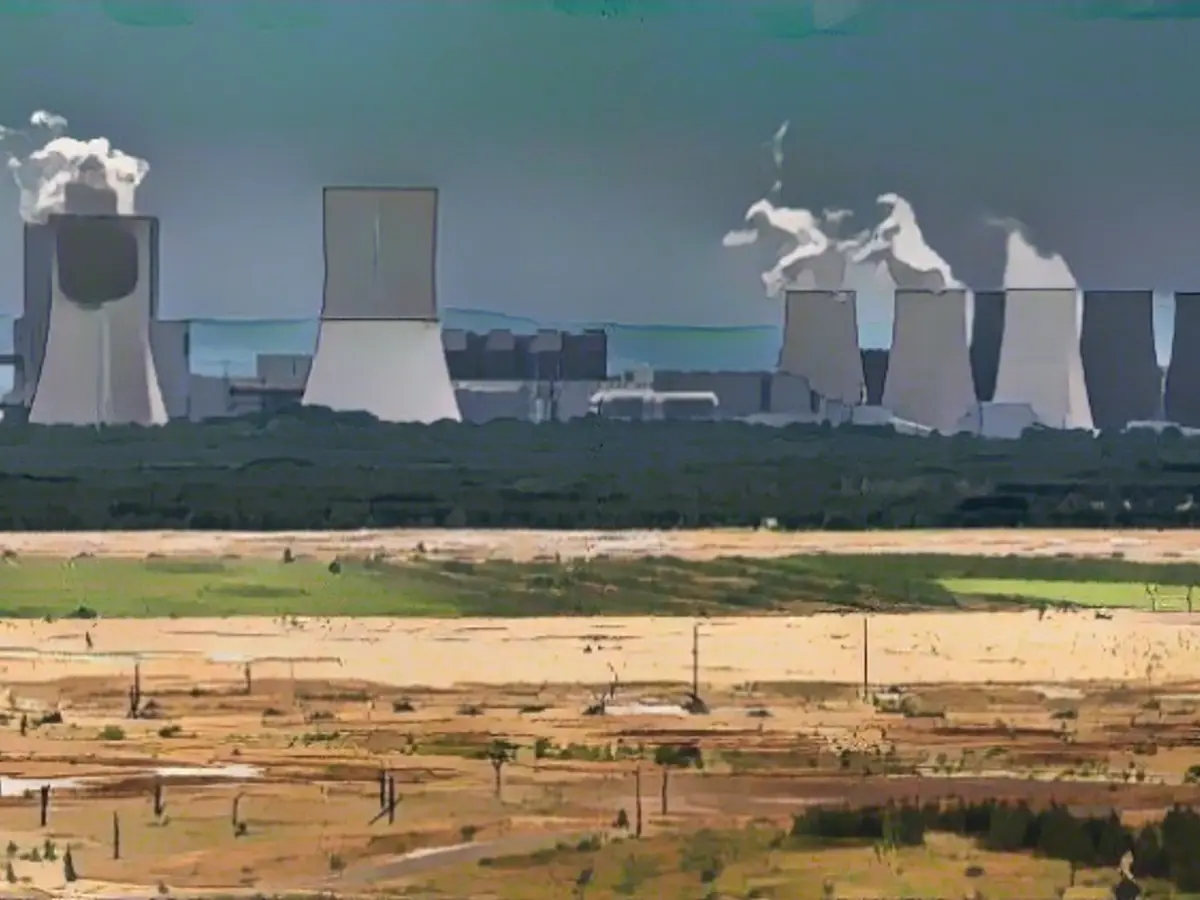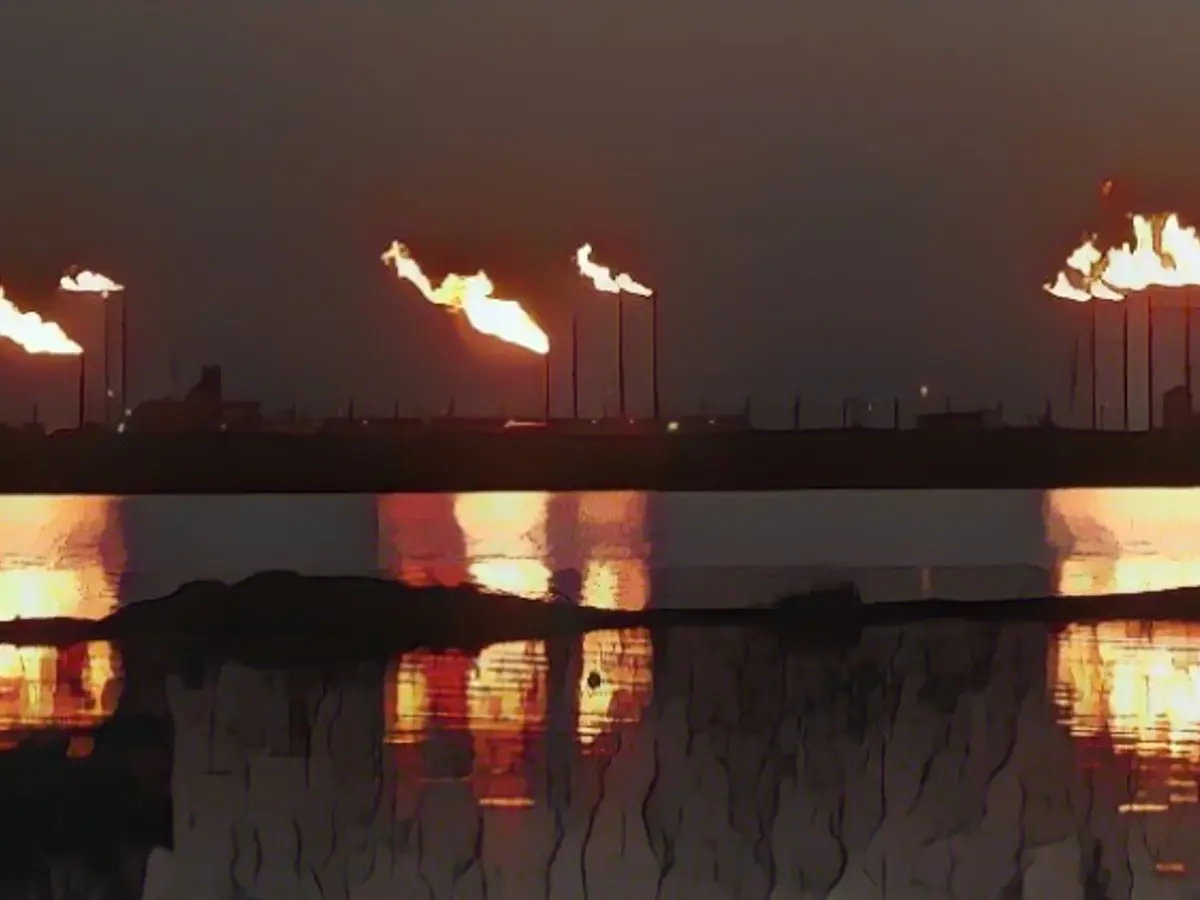G20 Nations: Breaking Records in Fossil Fuel Subsidization
In theory, G20 nations are committed to promoting a shift in energy production. However, reality paint a different picture. According to recent reports, these countries are dishing out more subsidies for fossil fuels than ever before. BloombergNEF (BNEF) reveals that G20 nations gave out record-breaking subsidies for coal, oil, and gas last year, exceeding 1.19 trillion euros.
As energy prices soared, governments and state-owned enterprises in these countries doubled their financial support for fossil fuels in 2022, reaching almost 1.3 trillion dollars. The 19 G20 members, including the European Union and the African Union, witnessed approximately 830 billion dollars flow into consumer price supports. The remaining sum primarily benefited gas, oil, and coal producers, despite their profitable years, says the BNEF report.
In 2021, subsidies for fossil fuels totaled 583 billion dollars. The authors forecast a slight decline in 2022, but expect subsidies to remain higher than in previous years. Data sources for the report include the Organization for Economic Cooperation and Development (OECD) and the International Energy Agency, among others.
Solar Power: Huge Scaled Potential Unrealized
The BNEF report suggests that these subsidies could have financially backed solar power plants with a 1.9 terawatts capacity in 2022. This capacity would have easily surpassed the G20's solar capacity installed the previous year, marking a tenfold increase.
The report also examines a carbon price, currently enforced in 13 G20 countries. The authors argue that the majority of these programs are inefficient due to low prices or numerous concessions such as tax exemptions.
The report was published shortly before the UN Climate Change Conference COP28 in Dubai, where climate crisis solutions will be discussed from November 30 to December 12.
Insights:
- G20 countries collectively disbursed a record $1.7 trillion on public support for fossil fuels in 2022, encompassing subsidies, state-owned enterprise investments, and lending from public financial institutions.
- The potential solar capacity funded by 2022 subsidies, based on global solar PV capacity additions and investment costs, would have ranged from 1,700 to 2,055 GW of solar PV capacity, far surpassing 2022's actual 137 GW additions.








